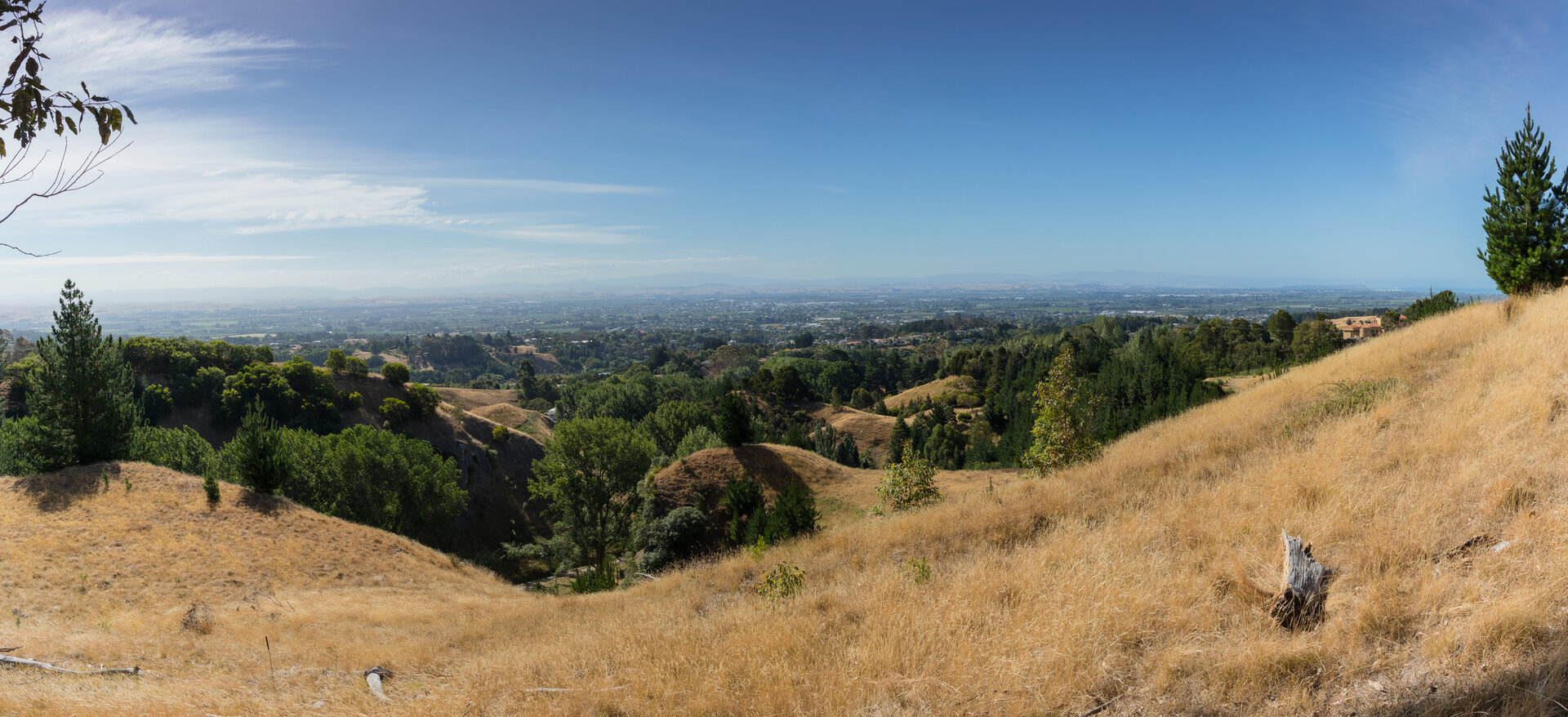WWJD is an acronym for the phrase “What Would Jesus Do.” This phrase first became popular as far back as the late 1880s, due to a book by Charles Sheldon entitled, “In His Steps: What Would Jesus Do.” More recently, in the 1990s, the phrase became very popular again, primarily of course amongst Christians. It stood then, and still does today, as a reminder to us that we are called to live a life that points to Jesus Christ.
With that in mind, the article below by Xochitl Dixon is encouraging to help us see how this can take place.
The phrase "What would Jesus do?", often abbreviated to WWJD, became popular particularly in the United States in the late 1800s after the widely read book by Charles Sheldon entitled, “In His Steps: What Would Jesus Do.” The phrase had a resurgence in the US and elsewhere in the 1990s and as a personal motto for adherents of Christianity who used the phrase as a reminder of their belief in a moral imperative to act in a manner that would demonstrate the love of Jesus through the actions of the adherents
Our Daily Bread - February 15, 2021 - Spitting Image
The Son is the image of the invisible God, the firstborn over all creation. Colossians 1:15
READ COLOSSIANS 1:15–23
During an outing, we met a woman who had known my husband’s family since he was a child. She looked from Alan to our son, Xavier. “He’s the spitting image of his daddy,” she said. “Those eyes. That smile. Yep. Looks just like him.” As the woman delighted in acknowledging such a strong resemblance between father and son, she even noted similarities in their personalities. Still, though they are alike in many ways, my son doesn’t reflect his father perfectly.
There’s only one Son—Jesus—who reflects His Father completely. Christ is the “image of the invisible God, the firstborn over all creation” (Colossians 1:15). In Him and through Him and for Him all things were created (v. 16). “He is before all things, and in him all things hold together” (v. 17).
We can spend time in prayer and Bible study, discovering the Father’s character by looking at Jesus—God in the flesh. He invites us to witness His love in action by examining how He interacts with others in Scripture and in our day-to-day living. After surrendering our lives to Christ and receiving the gift of the Holy Spirit, we can grow in knowing and trusting our loving Father. He transforms us to reflect His character, so we can live for Him.
What a joy it would be if others could say we look just like Jesus! By Xochitl Dixon
REFLECT & PRAY
Jesus, please help me know You more as You make me more like You!
What character trait of Jesus have you seen cultivated in your life over the last year? What trait would you like to cultivate in the coming year?
SCRIPTURE INSIGHT
In Colossians 1:15-23, Paul affirms the deity and the supremacy of Christ over all creation. Man is created “in the image of God” (Genesis 1:27), but Jesus “is the image [Greek eikōn] of the invisible God” (Colossians 1:15). Eikōn carries the meaning of “portrait” or “exact likeness,” which is how the New Living Translation renders it in 2 Corinthians 4:4. The writer of Hebrews describes Jesus as “the exact representation of [God’s] being” (Hebrews 1:3); “the Son . . . expresses the very character of God” (NLT). The apostle John says Jesus “has

